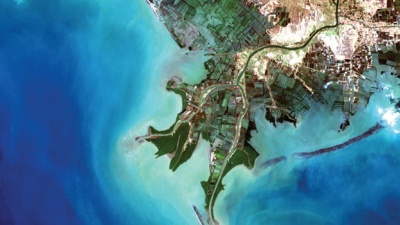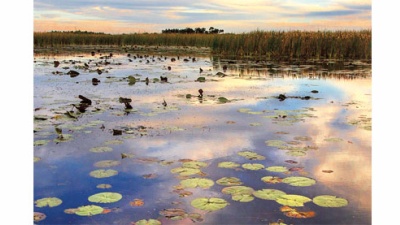Topic: earth science

Venus Space Mission
In a CNN Wonder article about the NASA Magellan spacecraft’s capture of imagery of Venus in the 1990s, Jennifer Whitten, assistant professor in the Department of Earth and Environmental Sciences, said, “Now that we’re very sure the planet experienced a volcanic eruption only 30 years ago, this is a small preview for the incredible discoveries VERITAS will make.” Whitten is associate deputy principal investigator of VERITAS (Venus Emissivity, Radio Science, InSAR, Topography, And Spectroscopy), a new mission that will head for Venus within a decade.https://tulane.it/venus-space-mission

River channels
José Silvestre, a PhD candidate in the Department of Earth and Environmental Sciences, is part of a team of scientists that analyzed 50 years of satellite imagery to generate the first global database of river avulsions. Avulsions occur when a river abruptly jumps course and forges a new river channel. Silvestre hopes to gain a better understanding of what controls avulsion location in the context of climate and land use changes.https://tulane.it/river-channels

Understanding the Gulf Coast Is Key to Resilience
A national report on the future of the Gulf Coast draws heavily on the work of two Tulane University scientists who have spent most of their careers studying coastal systems in Louisiana and around the world.

Seas Rising
In a CNN report on the $48 million federal project to move families from Isle de Jean Charles, Louisiana, where the Gulf of Mexico is inundating homes, Torbjörn Törnqvist, professor and chair of earth and environmental science, said that one day it won’t be villages thinking of relocation, it will be cities. “The reality is that there are other, even larger cities that may actually be even more vulnerable, like Miami, for example.”http://tulane.it/seas-rising








































